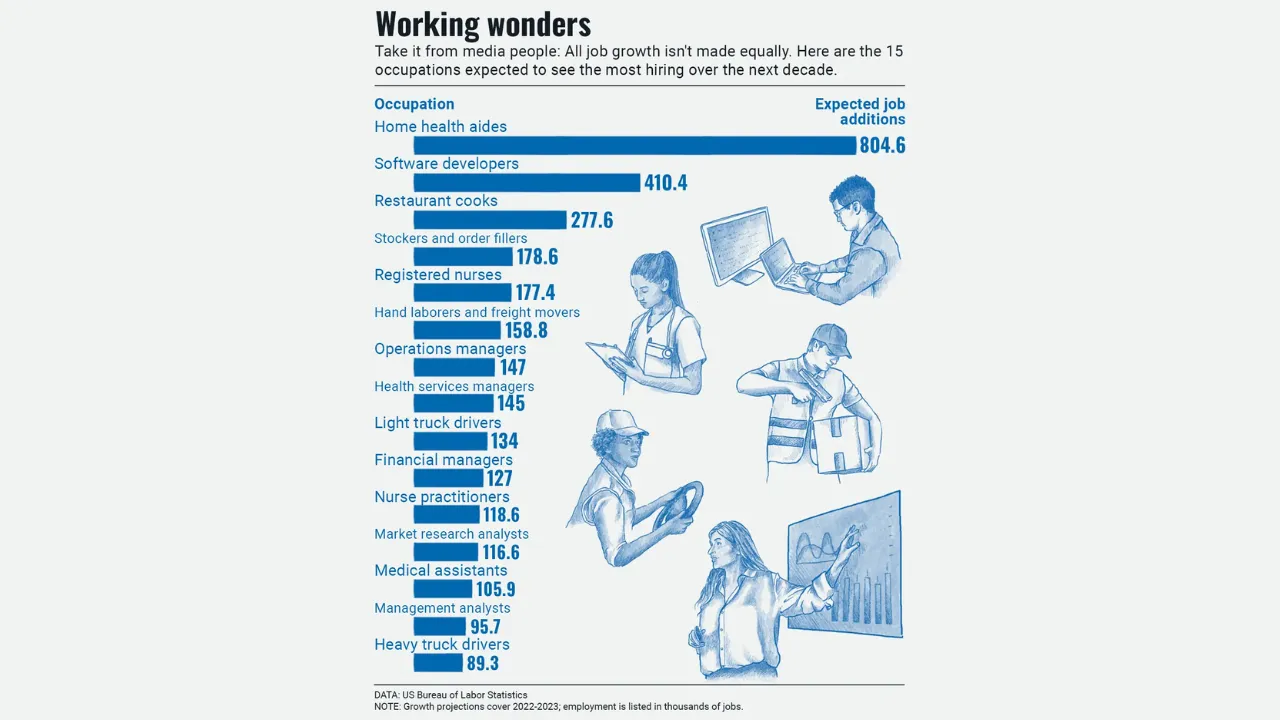Why U.S. Teachers Are Leaving the Profession in Record Numbers: In recent years, American education has witnessed an unsettling trend—teachers leaving the profession in record numbers. Once considered one of the most stable and meaningful career paths, teaching is now marked by soaring burnout rates, underappreciation, and systemic stressors. The departure of experienced educators not only impacts school operations but also disrupts student learning and future workforce preparedness.
The pandemic may have accelerated the teacher exodus, but the root issues go far deeper. From low pay and emotional fatigue to lack of administrative support and shifting societal attitudes, multiple forces are driving educators to step away. In this article, we’ll explore the primary reasons behind this crisis, and why the “Why U.S. teachers are leaving the profession in record numbers” question matters more than ever to the future of American education.
Why U.S. Teachers Are Leaving the Profession in Record Numbers
The growing exodus of teachers across the United States is more than just anecdotal—it’s backed by data and echoed across every state. Surveys reveal that up to 44% of teachers report frequent burnout, with 35% seriously considering quitting within the next two years. For districts already struggling to fill positions, these numbers present a critical threat to the sustainability of public education. The reasons are varied but consistently include burnout, pay disparity, excessive workload, lack of autonomy, and political tension. This article breaks down the primary drivers of this trend and suggests what can be done to reverse it.
Overview Table
| Key Issue | Details |
| Burnout & Stress | 44% report frequent burnout, fueled by post-pandemic pressures and workload. |
| Wage Gap | Teachers earn 25–30% less than similarly educated professionals. |
| Workload Overload | Most teachers work 50+ hours/week, including unpaid planning and grading. |
| Lack of Support | Teachers cite insufficient administrative and peer support. |
| Political Tensions in Curriculum | Policy debates over curriculum and bans on topics erode teacher autonomy. |
| High Turnover Impact | Student achievement and school stability decline with each resignation. |
1. Burnout and Emotional Fatigue
One of the most cited reasons teachers leave is burnout. The emotional toll of managing overcrowded classrooms, responding to student trauma, and adapting to remote or hybrid models has left many educators exhausted. What was once a fulfilling job has become a constant cycle of stress and overextension. The COVID-19 pandemic worsened an already strained profession, increasing the mental health burden on teachers who also had to support students facing similar challenges.
2. Wage Inequality and Financial Insecurity
Despite requiring a college degree and often a master’s for advancement, many teachers are underpaid. The teacher wage penalty, as economists call it, means educators earn substantially less than peers in other fields with comparable qualifications. When adjusted for inflation, teacher pay has stagnated for decades. In states with lower cost-of-living adjustments, new teachers can barely afford rent or student loan repayments. This reality pushes many to seek alternate careers in industries that value their skills more competitively.
3. Excessive Workload and Administrative Burdens
A typical teacher’s day doesn’t end when the school bell rings. Lesson planning, grading, parent communication, professional development, and administrative paperwork consume evenings and weekends. Teachers often clock more than 50 hours per week, most of it unpaid. Meanwhile, demands for data tracking, student assessments, and behavioral documentation have increased exponentially. Many educators describe their workload as “unsustainable,” leading to high turnover especially among younger and early-career teachers.
4. Lack of Respect and Autonomy
Public perception of teachers has shifted, and not always for the better. Debates over curriculum content—especially topics like race, gender identity, and history—have put teachers in political crosshairs. Educators feel scrutinized for their professional decisions, eroding their sense of trust and autonomy. This loss of respect, combined with micromanagement from district leadership, discourages creativity and innovation. Teachers increasingly report feeling like “cogs in a machine” rather than empowered professionals.
5. Impact on Schools and Students
When teachers leave mid-year or exit the profession altogether, the consequences ripple across school communities. Substitutes and long-term replacements are harder to find, leading to increased class sizes, unqualified coverage, and inconsistent learning. Students lose mentorship, continuity, and academic momentum. High turnover also damages school morale—remaining teachers must absorb extra responsibilities, furthering the cycle of burnout.
6. Lack of Career Growth Opportunities
Unlike other sectors where employees can climb the ladder through promotions and increased compensation, teaching offers limited advancement unless one shifts into administration. Teachers who wish to stay in the classroom often find there’s little financial incentive to continue improving their craft. This lack of professional growth pathways can lead to stagnation and job dissatisfaction, prompting a move to alternative careers.
7. Policy and Political Pressure
Teachers now face political pressure that influences classroom content, professional freedom, and personal beliefs. Legislation in several states restricts what topics can be discussed or how subjects are taught. This increasing control over curriculum—paired with a surge in parental monitoring and complaint channels—has created a hostile work environment for many educators. It’s no surprise that seasoned professionals are choosing early retirement or career pivots in response.
FAQs
1. Why are so many teachers leaving the profession right now?
Burnout, low wages, long hours, lack of support, and political interference are driving more teachers to exit the field than ever before.
2. How does teacher turnover impact students?
High turnover disrupts learning, decreases academic performance, and reduces classroom consistency and trust.
3. Is teacher pay a major factor in resignations?
Yes. Many teachers earn significantly less than other professionals with similar education levels, leading to financial stress and attrition.
4. Can better policies help retain teachers?
Absolutely. Investments in pay, mental health support, workload reduction, and curriculum freedom can help reverse this trend.
5. What can communities do to support teachers?
Communities can advocate for better funding, respect educators’ expertise, and reduce unnecessary political interference in education.
Final Thought
Teaching is a calling, not just a job—but that calling is being overshadowed by chronic stress, unfair compensation, and shifting societal expectations. To stop the talent drain, America must reaffirm its commitment to educators by creating supportive, respectful, and rewarding work environments. Otherwise, the country risks a future with fewer qualified teachers and lower-quality education.
If you’re a parent, policymaker, or community leader, take action now—advocate for policies that honor the essential role teachers play. Share this article to raise awareness and join the conversation about keeping dedicated educators in classrooms where they’re needed most.










